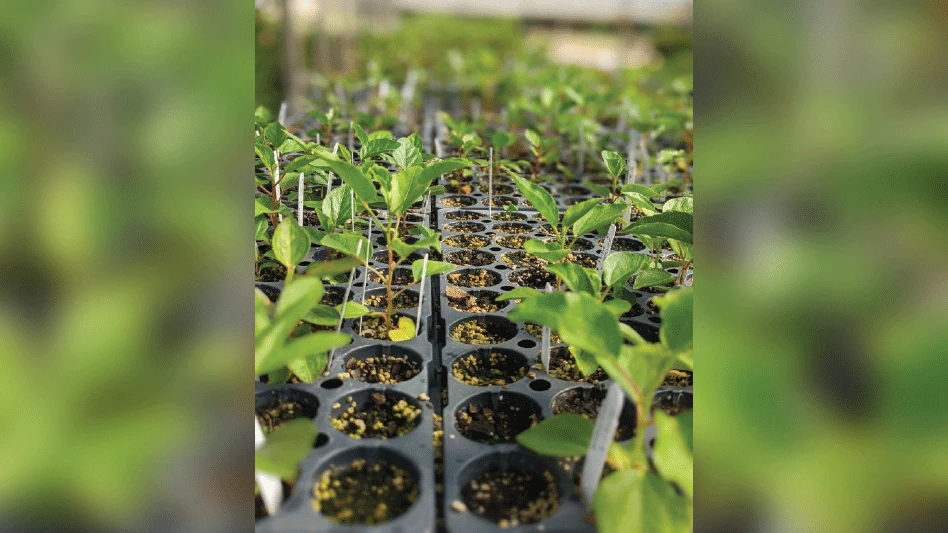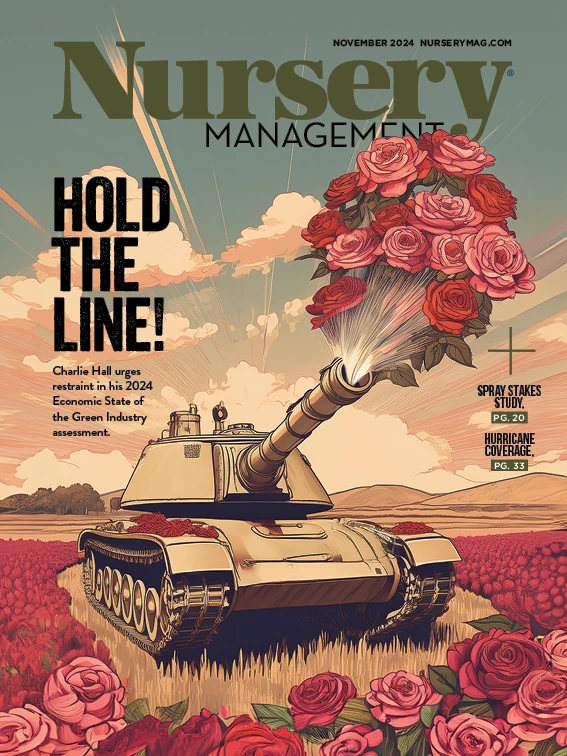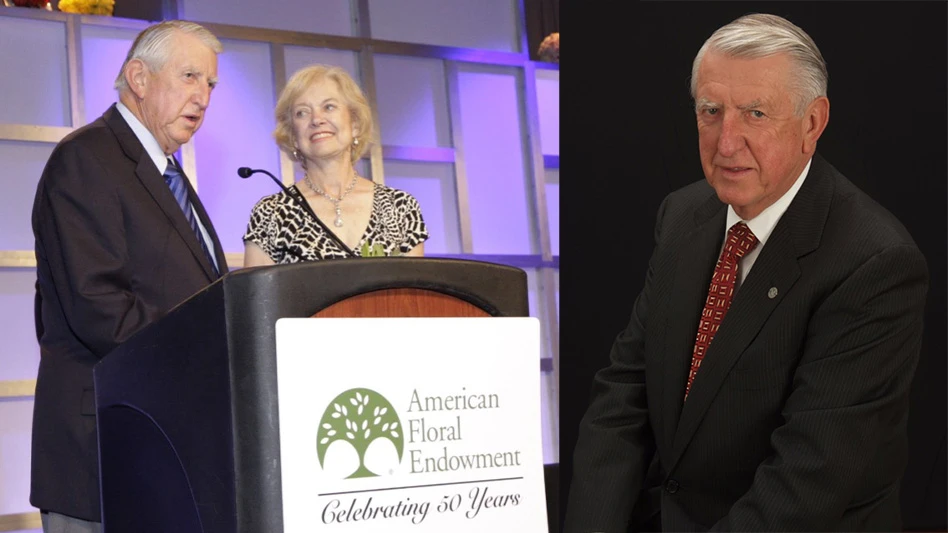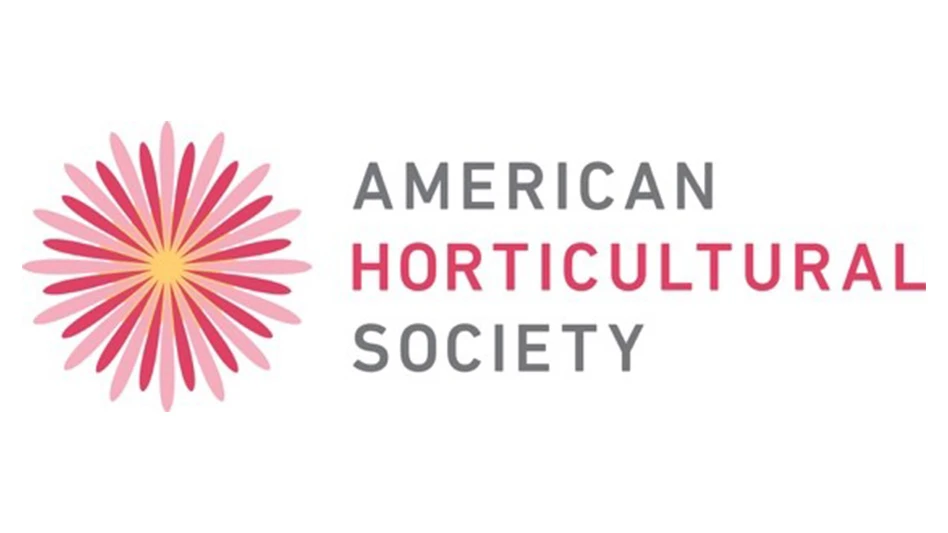
Photos: J. Berry Nursery
The saying ‘strike while the iron is hot’ comes from days of yore when a blacksmith could only shape iron by striking it with a hammer while the metal was piping hot. With just one shot to get it right, the blacksmith had to act fast at that precise moment or the good idea of the project would be lost.
The adage is pertinent in today’s marketing climate. Those who appear to effortlessly wrestle a seemingly complex idea into a simple strategy have a knack for creating something out of nothing. These remarkable wayfinders dig within themselves to draw on the confidence of their experience and ultimately our lives are made better for their efforts.
It’s this very tantalizing aspect behind a popular tropical plant brand that drew me like a magnet to an interview with Jim Berry. In short, he identified a need, saw a marketing opportunity and seized the day to build a successful tropical plant brand. He then partnered with Proven Winners to expand his idea’s reach nationally and globally.
Berry is the mastermind behind the tropical Hollywood Hibiscus Collection, and president of J. Berry Nursery. Located in Grand Saline, Texas, about 90 minutes east of Dallas, the region’s subtropical climate delivers hot, humid summers and cool, mild winters. Sunny days make up the better part of a year.
That adds up to near-perfect growing conditions for breeding and cultivating the nursery’s “ornamental, high-value plants with increased tolerance to adverse climate conditions,” according to its website. Along with hibiscus, J. Berry grows azaleas, crepe myrtle, begonias, evergreens, ornamental grasses and more.
It starts with 'What if?'
Listening to him speak for as few as five minutes catches you up in the passion Berry has for his craft. While he is quick to credit his professional team, which includes his son, Jonathan, it’s clear that excitement for the nursery’s work comes from the top.
Berry’s story begins with his boyhood; childhood days of growing up on his parents’ Texas watermelon farm. His dad, he tells me, developed the “right-sized” fruit with the “right” flavor profile that dominated the Fort Worth retail market in the 1940s and 1950s.
“All the other farmers sent their watermelons to the farmers markets,” he says. “Our product was sold at retail, but it never really got to the grocery store shelf. People were lined up for our watermelons when we pulled up to make a delivery.”
So, there it is — Berry’s true north. Developing the Hollywood Hibiscus Collection is in his DNA. In bright-hot colors reflective of a Caribbean summer, the collection features 14 branded plants with companion “personality cards” that beg the question, “which one are you?”
Fresh-from-the-tropics varieties are Bloom Bash, Disco Diva, Heartthrob and Hot Shot, among others, sold in gold 2-gallon and 8-inch pots.
But the journey from seed to selections didn’t happen overnight. While the plant breeding story is probably best told in a technical column, Berry’s vision for it was pure marketing. His vision was clear from the get-go. And so, he ran with it.
“I saw tropical hibiscus as a huge commodity class,” he says, his open, friendly Southern speech matching the smooth aesthetics of his brand. “It was very large, and it was driven by old genetics and cheap prices with not much commercial appeal. There was so much more that was needed. So, I thought, what if I combined exotic variety with commercial traits?”
Like good stories, good marketing initiatives begin with “what if?” Backed by an intensive genetics division and armed with proprietary trialing processes, it’s safe to say that the germ of the idea for a commercialized tropical hibiscus — bred for exotic appeal — began with intrigue.

Hibiscus with personality
Berry received a proposal from a hobbyist breeder in Florida who created big, beautiful, exotic-looking tropical hibiscus. Problem was the shrubs were not prolific performers.
“You would get that one flower that would be spectacular, but there was so much more needed,” Berry says. “You know, it’s about the vitality of the plant overall — not just the big, beautiful flower. You’ve got to have the foliage, the habit — the whole mix.”
Indulge me for just a moment while we talk briefly about the genetics that brought the Hollywood Hibiscus Collection to market following more than 10 years of trials. It’s relevant to marketing the brand because Berry’s perfectionism about the plants’ genetics structures the idea that enabled its marketing to eventually “strike while the iron is hot.”
“I could reduce pest pressures and chemical applications through breeding,” Berry says. “So, I assembled a genetics pool with support from four other advanced breeding programs from across the country and around the world. Those four groups were the basis of my agenda pool.
“I wanted a wide range of adaptation from a wide geographic area to determine heat and humidity tolerance in a wide range of climates,” Berry continues. “And I thought that within that gene pool, all of the traits that I needed would be included. They’d have to be revealed through conventional breeding.”
So developing big, beautiful tropical hibiscus for the home gardener was achieved through careful analysis, testing and genetics trials. Based on his experience, he knew he could do what hobby breeders were trying to do for years.
Berry transitioned a commodity plant into an exotic hibiscus that is a total package for the home gardener at commercial retail. Big, beautiful, prolific blooms in a hardy, lush habit of a healthy, adaptable shrub. In short: he gave hibiscus its vitality. But moreover: he gave it its personality.
“With everything I create, I’ve got the end-consumer in mind,” says Berry, who started his company in 2006. “Everybody needs to win. And if the consumer does not feel gratification, then it’s not a sustainable concept. We built our business with the consumer in mind.”
Experience the Caribbean
For this column, I also spoke with Kayla Sellers, J. Berry Nursery’s online sales and marketing director. She says the genetics and trialing process — side-by-side with the visual presentation of the plant — enables the nursery’s sales team to paint a picture of success for their big box clients and independent retailers.
“This collection is a ‘call to success’ for the merchant,” she says. “They’re going to sell plants that look good on the shelf and that their customers want to buy. Then, their shoppers are going to take the plant home and since Jim has worked so hard on the genetics, it’s going to be foolproof whether they have a green thumb or not.”
Though most Hollywood Hibiscus are bred for planting outdoors in USDA Hardiness Zone 9, the plants can be grown indoors as houseplants in other regions of the country. So, when it’s an overcast day in Chicago in November and you have Social Butterfly from the Hollywood Hibiscus Collection blooming in your office, it suddenly becomes a sunny day in July.
That’s the feeling — the experience — Berry wants home gardeners to have with his collection.
“You feel like you can have a tropical oasis even if it’s raining or snowing,” he says. “When people buy from the Hollywood Hibiscus Collection, they’re not just buying the plant. Through our marketing, through our website, we offer an experience.”
At AmericanHort’s Cultivate’24, Berry and his team donned Hawaiian shirts. They beckoned tradeshow goers to their booth with coconut umbrellas, surf board and blooming hibiscus in sunshine-yellow and peachy-pink.
“We offer a novelty plant from a collection that brings the experience of joy,” Berry says. “When one plant is successful for the home gardener, they’ll go and buy another, and another. It’s a growing thing, literally. We have people who follow every move Hollywood plants make — like paparazzi. So, it’s pretty cool.”

Brands made memorable
Developing the collection’s compelling name involved the entire J. Berry leadership team.
“We walked through about 75 potential names,” Berry says. “We all disagreed on every one, except one — and it was the one that came to me at the last second of a long process. You would have thought we would have been ecstatic to have finally settled on ‘Hollywood Hibiscus.’ But we had just achieved a hard job.”
No doubt. Through naming, brands are made memorable, so there’s one shot to get it right. But brand development includes much more than naming consensus — although unanimous consensus is a vital aspect of the process. Its brand characteristics — vision, mission and values — must be considered before naming occurs.
The heartbeat of branding is the company’s reason for being in the marketplace. Brands mirror a company’s marketplace values. For plant brand extensions, this includes habit, blooms and characteristics. Each member of the team must unanimously agree on the brand’s unique characteristics in order for everyone in the company to have a stake in its success.
Most of our industry’s ornamental plant brands have sub-brands, extensions, which fall under their company umbrella. For marketing to be successful, sub-brands must have unifying characteristics. Like siblings — they may look different, but they have inherent qualities that make them part of the family.
In addition to unanimous agreement, names must be easy to say. They elicit multi-faceted stories that evoke feelings about the brand’s characteristics. Before you can put them to use, the hard work of testing, trademark and copyright must be pursued.
“So, we all agreed it would be ‘Hollywood Hibiscus,’” Berry says. “Did we recognize at the time that we had the perfect name? I think so. But it was a lot of work — a lot of important work. If you take an ugly plant and put a pretty name on it, that may work for a year. But if you’ve got a wonderful plant, it needs a wonderful name that will stand the test of time.”

Defining exotic hibiscus
Along the journey of defining exotic hibiscus for the consumer came an unexpected partnership. Hollywood Hibiscus joined the Proven Winners ColorChoice lineup for 2025.
“Proven Winners really wanted us,” Berry says, “and we want to be wanted. For the long-term benefit of our company, we felt it was the right thing to do. We were very, very successful on our own, but joining Proven Winners solidified our collection in the marketplace. It opened up growth for the program.”
Prior to this partnership, the Hollywood Hibiscus Collection was principally sold to consumers through J. Berry Nursery’s website, online and through big-box retailers. Proven Winners is opening up opportunities with independent garden centers.
“It’s the opinion of merchants that matters,” Berry says. “It’s a relationship that’s got to be a win-win. The merchant needs a margin. They need volume. We need strength to have a viable business. And the consumer needs to feel good about their investment.”
The company also partners with Children’s Miracle Network, Salt Lake City, Utah and several Texas-based non-profit, plant-based organizations.
“They do broadcast promotion for fundraising,” Berry says. “We’ve had radio time because we’ve donated Hollywood plants and that draws people to their charitable efforts.”
And that leads straight to the heart of the matter. For marketing to be successful, it must lead with heart. People don’t want to do business with logos. They want to do business with companies whose people stand for something they can learn from and feel good about.
“Today you can go anywhere in the world and say, ‘Hollywood Hibiscus’ and most people know what it is,” Berry says. “It developed a personality — and it became a personality. And that’s how it grew.”
Stay tuned because Berry has more irons to strike. In the not-too-distant-future, he says we may see interesting color variations in his Hollywood Hibiscus Collection, as well as striations and variegation. Carpe diem, Mr. Berry.

Explore the November 2024 Issue
Check out more from this issue and find your next story to read.
Latest from Nursery Management
- The HC Companies, Classic Home & Garden merge as Growscape
- Terra Nova releases new echinacea variety, 'Fringe Festival'
- Eason Horticultural Resources will now officially be known as EHR
- BioWorks receives EPA approval for new biological insecticide for thrips, aphids, whiteflies
- Ellen Mackenbach-Lakeman appointed new CEO of Dümmen Orange
- The Growth Industry Episode 3: Across the Pond with Neville Stein
- Southern Garden Tour sets 2025 dates for trial garden open houses
- New book explores plants that thrive in Rocky Mountains





